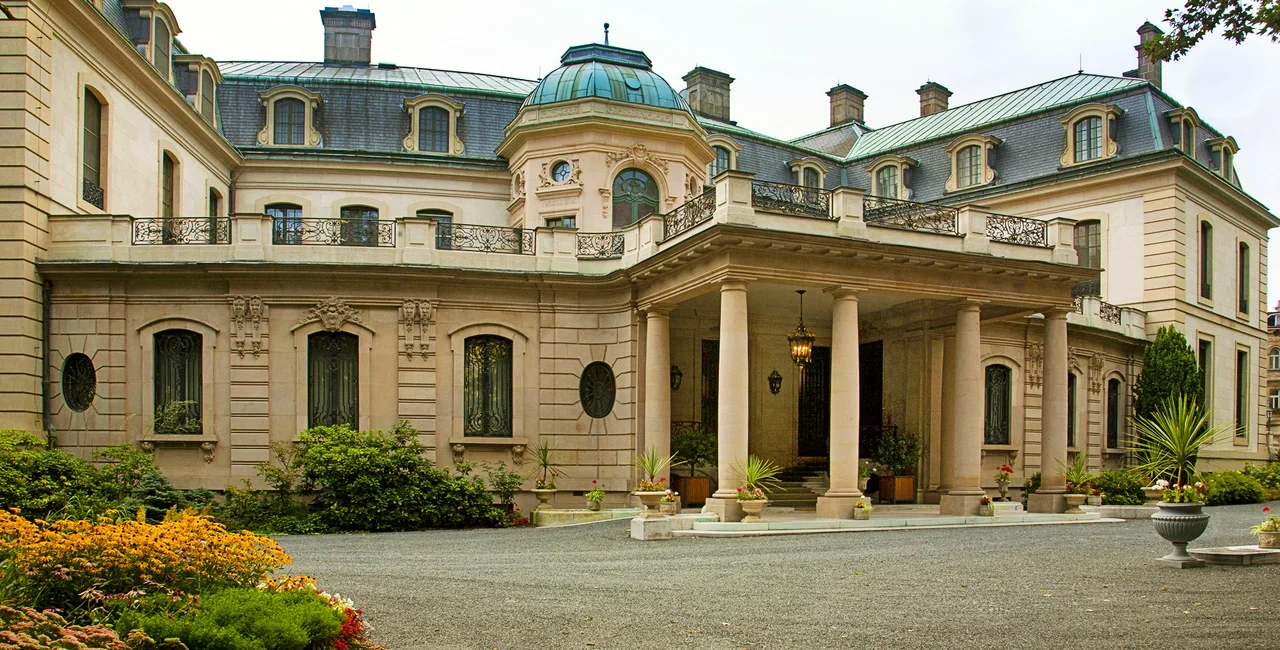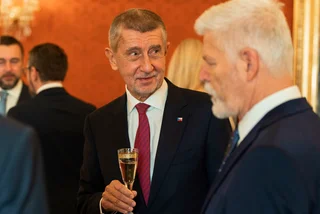The Petschek family was one of the wealthiest and most influential dynasties of the flourishing First Czechoslovak Republic. Their legacy as industrialists and prolific builders can be seen in a multitude of landmark Prague buildings from the Petschek Palace near Prague's State Opera, to the opulent Petschek Villa in Bubeneč now the U.S. Ambassador's Residence.
The astonishing story of the latter villa, built by banker German-Jewish coal magnate and banker Otto Petschek in the 1920s is even the subject of a sweeping history, "The Last Palace," written by former U.S. Ambassador to the Czech Republic Norman Eisen. The fairytale villa, with its unique sliding glass door, indoor pool, and private top-floor apartment, cost nearly CZK 3 million to build and almost bankrupt its owner.
The Petschek Villa isn't the only one of the family's Bubeneč residences with an intriguing backstory.
“The Petschek family members owned more than a dozen houses in Bubeneč, many of them designed by Austrian architect Max Spielmann,” says local guide Michal Šedivý, who is leading a new English-friendly tour devoted to the family's properties.
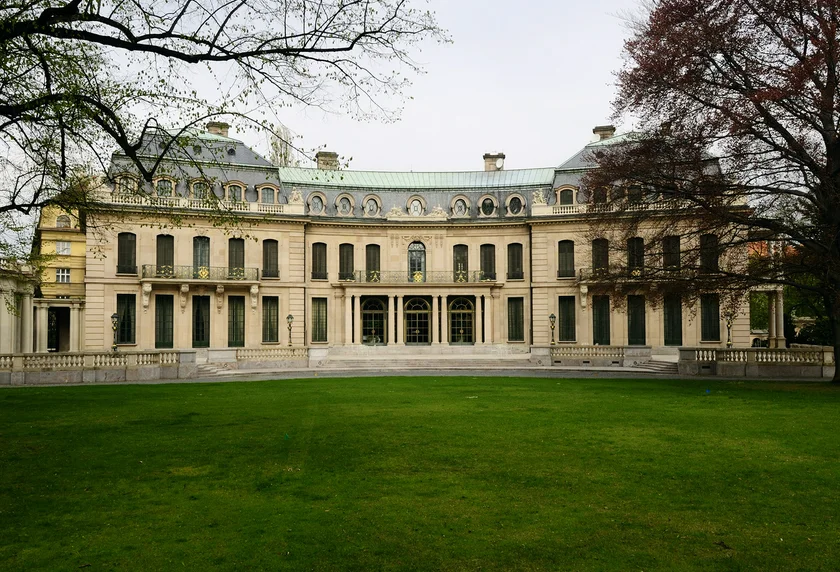
The tour, organized by the Prague Open House festival, reveals a number of fascinating stories about an enterprising clan whose modern-day inheritors could well be the Roys of "Succession," whose cunning marriage strategy ensured wealth across generations, and whose numerous members swanned between palatial homes in one of Prague's toniest districts.
As told on the pages of "The Last Palace," and now in the upcoming tour, the fate of the Petschek Villa illustrates not only modern Czech history and key post-war events but also differences in the way democratic and totalitarian states approach private property.
Otto Petschek, tragically died in a sanitorium in Vienna in 1934, only a short time after the family moved into their dream home. The villa went to Otto's brother Hans with the family eventually selling off all of its properties, including the mansion at Wintrova 3, to the Czech government following the Munich Agreement of 1939. They would leave for Great Britain before eventually emigrating to the States.
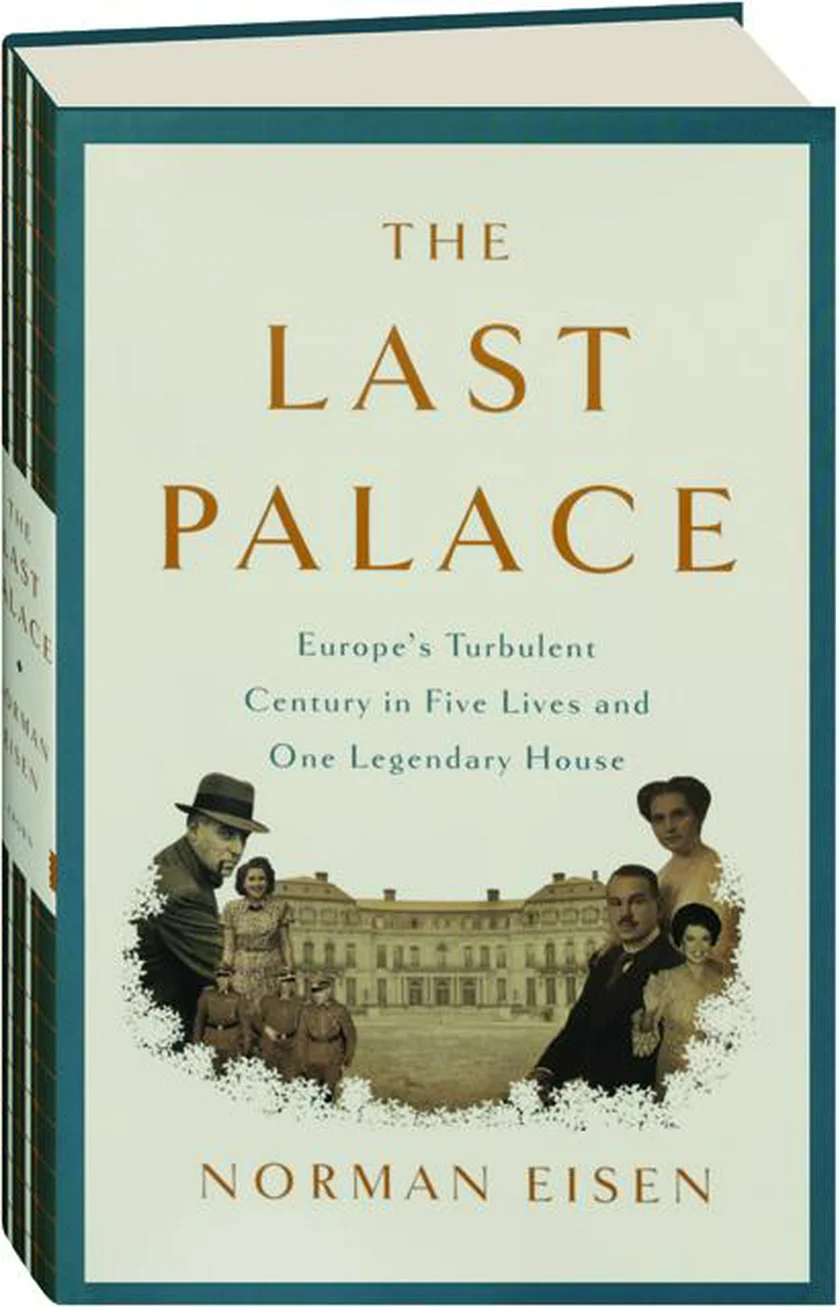
During the German occupation of Czechoslovakia, the Petschek family seat was the residence of General Rudolf Toussaint, commander of the German army occupying Czech lands until it was taken over by the Red Army in 1945. For several days, Soviet occupiers looted and destroyed the home, eventually relocating their activities to another Petschek home – the 1920's style French Classic Baroque villa a few steps from Stromovka Park, today home to the Russian embassy.
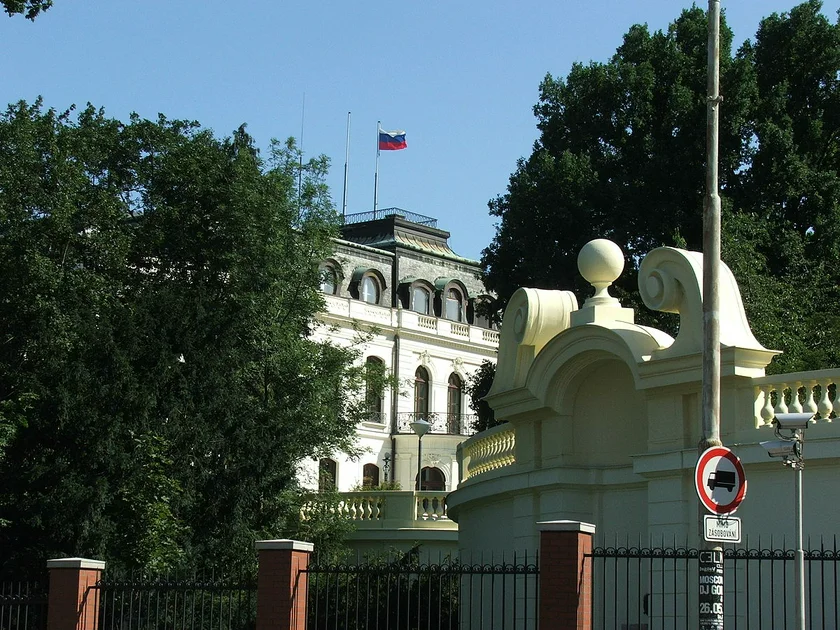
The villa on what is now Náměstí Borise Němcova, designed by Spielmann and built for Friedrich Petschek, was eventually acquired by the Popper family (Otto Petschek's wife Magda was a Popper). The descendants of the family attempted to reclaim the villa after the Second World War and again after 1989, asking the state to return or pay compensation for the villa. Litigation continues to this day.
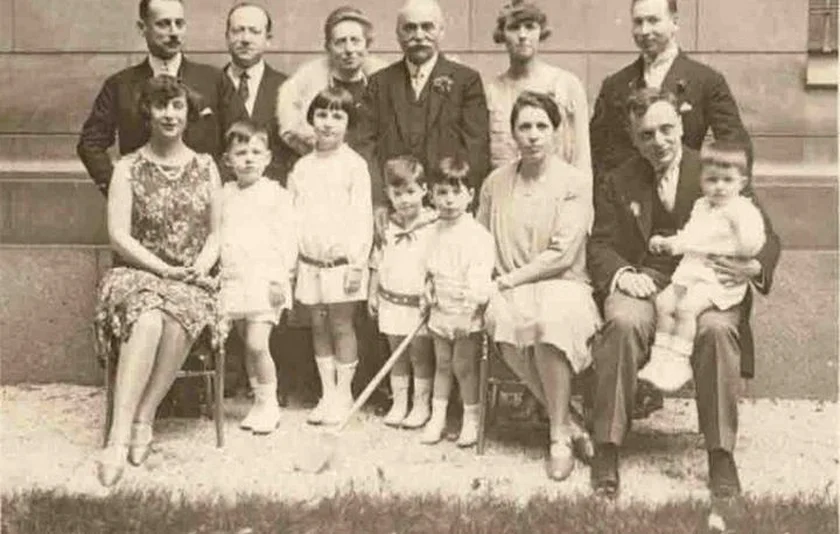
The Petschek Villa became the American Ambassadorial Residence in 1945. The U.S. government purchased it for $1,570,000 in 1948. The Popper Villa remains at the center of controversy: during the recent Vrbětice scandal which saw the expulsion of employees from the Russian embassy, the district of Prague 7 moved to reclaim the property; the Czech Foreign Ministry ruled the land was legally transferred in 1970.
The gates of the Popper, or Bloch Villa, are where the tour, which also meanders through a secret path along the Jan Kotěra designed Villa Bianca, begins. The Pelléova street villa that once belonged to Mitzi Petschek-Gellert is another stop on the tour. Gellert, daughter of Julius Petschek was married off as part of a merger between the Petschek family and the České Budějovice paper magnates, Gellert & Co.
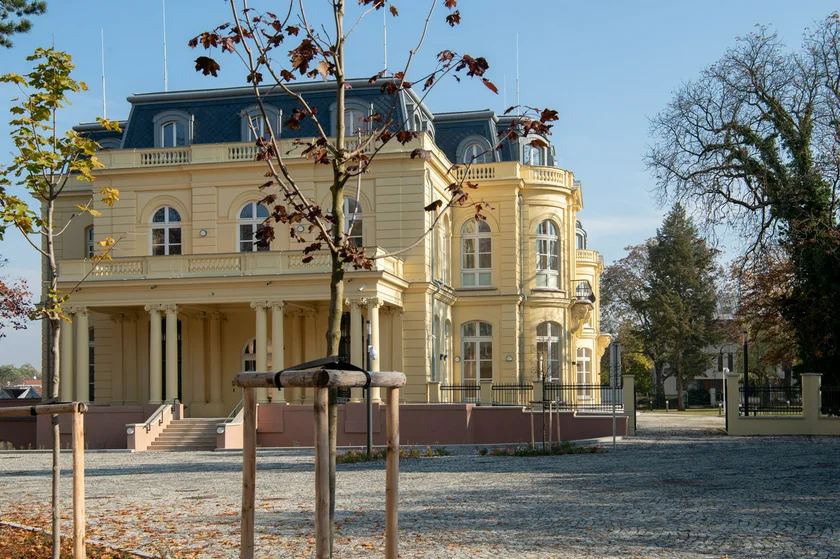
The most notable Prague monument named for the banking scions, the neoclassicist Petschek Palace on the corner of today's Politických vězňů and Washingtonova streets, isn't covered on the tour, but its history is worth mentioning.
Built by Julius Petschek in 1923–1929 as the seat of a bank, it was an extraordinarily modern office space for the time, equipped with air conditioning, a pneumatic post, telephone exchange, and paternosters. In a dark turn of events, it would become the infamous Gestapo headquarters of the Protectorate of Bohemia and Moravia.
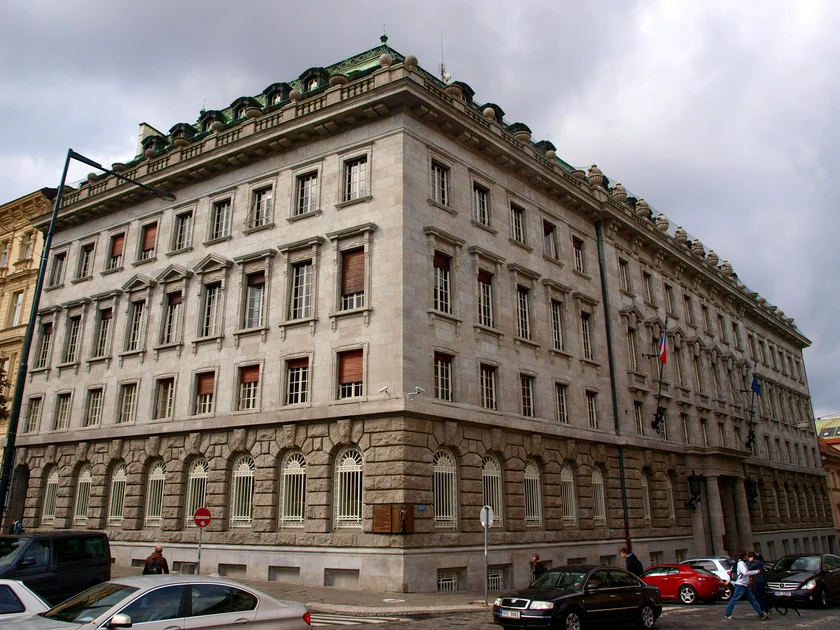
In 1948 the notorious building was acquired by the then Czechoslovak Ministry of Foreign Trade. Today it houses the Czech Ministry of Industry and Trade. In 1989 the building became a National Cultural Monument. Its exterior was used as a stand-in for the Gemeinschaft Bank in Zurich, Switzerland in the 2002 film "Bourne Identity."
To learn more about the history of the Petschek family and the stately villas of the Bubeneč district, join the walking tour "The Petschek Family Houses – How the Wealthy Lived" on November 27 or December 5, 2021. Note that the walking tour does not include the entrance to the interiors of the building. More information and tickets are available here. Open House is also giving an English-friendly tour of Strahov Stadium on November 28. More details here.












 Reading time: 4 minutes
Reading time: 4 minutes 